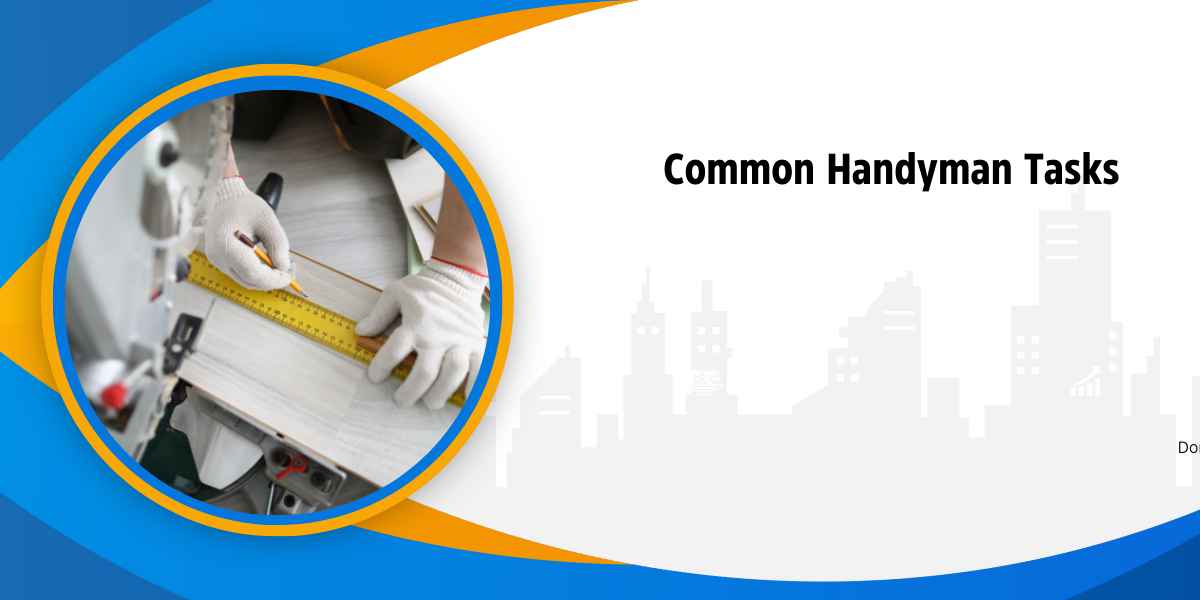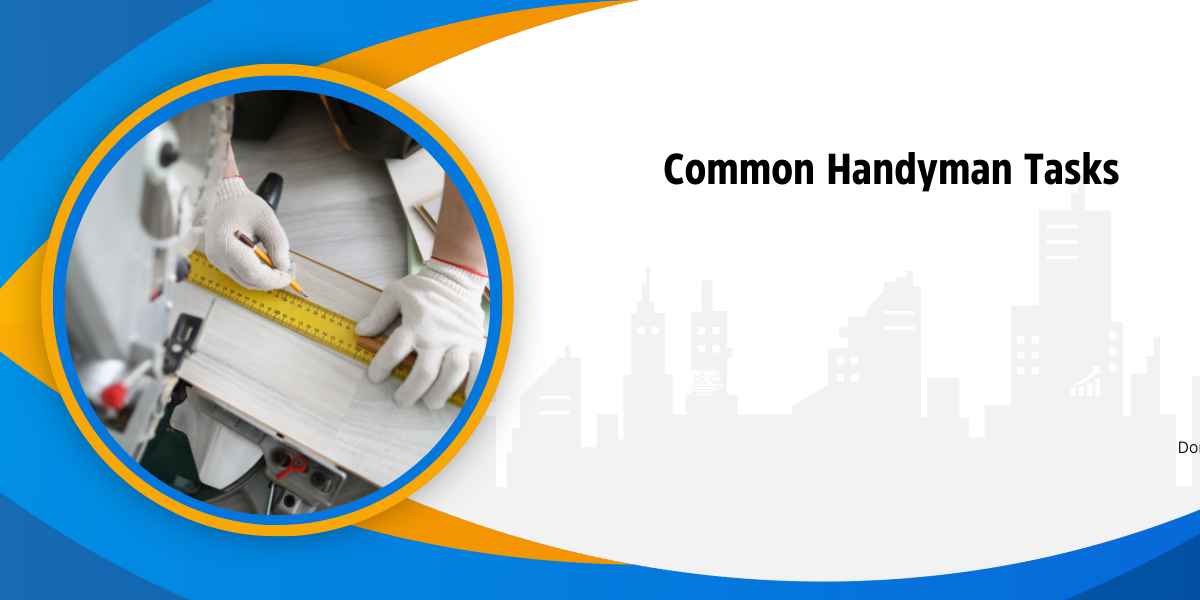In an increasingly paperless world, the way we take notes, manage ideas, and organize our work is evolving fast. While many still rely on traditional pen and paper, a growing number of students, professionals, and creatives are turning to a more modern solution: the digital notebook. But is it just a tech trend, or does it truly offer tangible benefits? In this article, we’ll explore the reasons behind its rising popularity and help you decide if switching to one is right for you.
What Is a Digital Notebook?
More Than Just an Electronic Journal
A digital notebook is not merely a note-taking app. It’s a device or software designed to replicate the feel and functionality of traditional notebooks while leveraging the advantages of digital tools. These notebooks often support stylus input, handwriting recognition, cloud syncing, and multimedia insertion, enabling users to organize their notes in ways that paper never could.
Who Uses Digital Notebooks?
From college students managing lectures to business professionals tracking meeting notes, the digital notebook fits seamlessly into daily routines. Writers use them for drafting stories, designers for sketching concepts, and entrepreneurs for brainstorming new ideas.
Key Advantages of Using a Digital Notebook
Declutter Your Desk and Backpack
One digital notebook can replace stacks of paper notebooks, sticky notes, and random scraps. You can access thousands of pages from one slim device, which means less clutter and more room to think clearly.
Everything in One Place — and Searchable
Unlike paper notebooks, where you might spend minutes flipping through pages, a digital notebook allows keyword searches. This makes retrieving old ideas or meeting notes incredibly fast and efficient.
Never Lose a Note Again
Notes are automatically saved and backed up to the cloud. Even if your device is lost or damaged, your information stays safe and accessible from other devices.
Environmentally Friendly
Over time, using a digital notebook helps reduce paper consumption. If you’re looking to cut down on your environmental footprint, this is a smart step forward.
How a Digital Notebook Fits into Daily Life
For Students
Digital notebooks streamline classwork. You can organize subjects into folders, add diagrams directly into notes, and even record lectures for playback later. Plus, handwritten notes can be converted to editable text — a lifesaver when writing papers or preparing for exams.
For Professionals
Business users can take meeting minutes, sign PDFs, collaborate on cloud-based documents, and even draw up quick diagrams. The flexibility of having all materials in one place improves productivity, especially for those who attend multiple meetings in a day.
For Creatives
Writers, designers, and musicians find digital notebooks helpful for capturing inspiration on the go. Tools like stylus pressure sensitivity, layering, and color palettes provide freedom that goes beyond pen and paper.
Things to Consider Before Buying a Digital Notebook
Do You Prefer Handwriting or Typing?
Some digital notebooks offer only handwriting with a stylus, while others allow both typing and writing. If you’re used to jotting fast notes by hand, you’ll want a responsive stylus and a screen that mimics paper texture.
Do You Need a Standalone Device or Just an App?
There are dedicated digital notebook devices, like the iFLYTEK AI Note Air 2, which come with stylus support and E-Ink screens for a paper-like experience. On the other hand, apps on tablets like the iPad or Samsung Galaxy Tab can offer similar features with multimedia flexibility.
What’s Your Budget?
Digital notebooks vary widely in price. Consider what features are most important to you — writing comfort, battery life, storage, or ecosystem compatibility — and choose accordingly.
Common Myths About Digital Notebooks
It’s Not the Same as Writing on Paper
This is a common concern, but many devices now come with paper-feel screens and ultra-low latency styluses. For most users, the transition feels surprisingly natural after a few days.
I’ll Miss the Physical Connection of Pen and Paper
Digital notebooks actually enhance this connection by allowing you to store, search, and repurpose your handwriting. Plus, features like pen tilt, pressure sensitivity, and palm rejection make the writing experience smooth and immersive.
They’re Complicated to Use
Most modern digital notebooks are designed with simplicity in mind. They boot up fast, have intuitive interfaces, and require minimal setup. If you can use a smartphone, you can use a digital notebook.
Real User Experiences
A Game-Changer for My Workflow
Alex, a marketing consultant, shares: “I used to carry three notebooks — one for meetings, one for personal notes, and one for brainstorming. Now everything is on my digital notebook, and I feel so much more organized.”
Ideal for Studying
Jessica, a university student, explains: “Being able to search my handwritten notes for keywords has saved me during exam week. I don’t think I could go back to regular notebooks now.”
Final Thoughts — Is a Digital Notebook Worth It?
If you’re someone who takes frequent notes, juggles multiple projects, or simply wants to stay organized without paper waste, a digital notebook can absolutely be worth the investment. It merges the tactile joy of handwriting with the efficiency of modern tech. As devices become more affordable and feature-rich, now might be the perfect time to make the switch.









